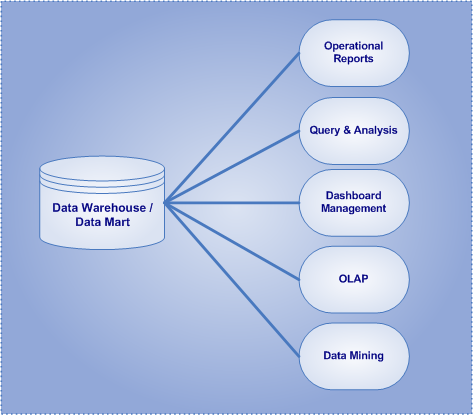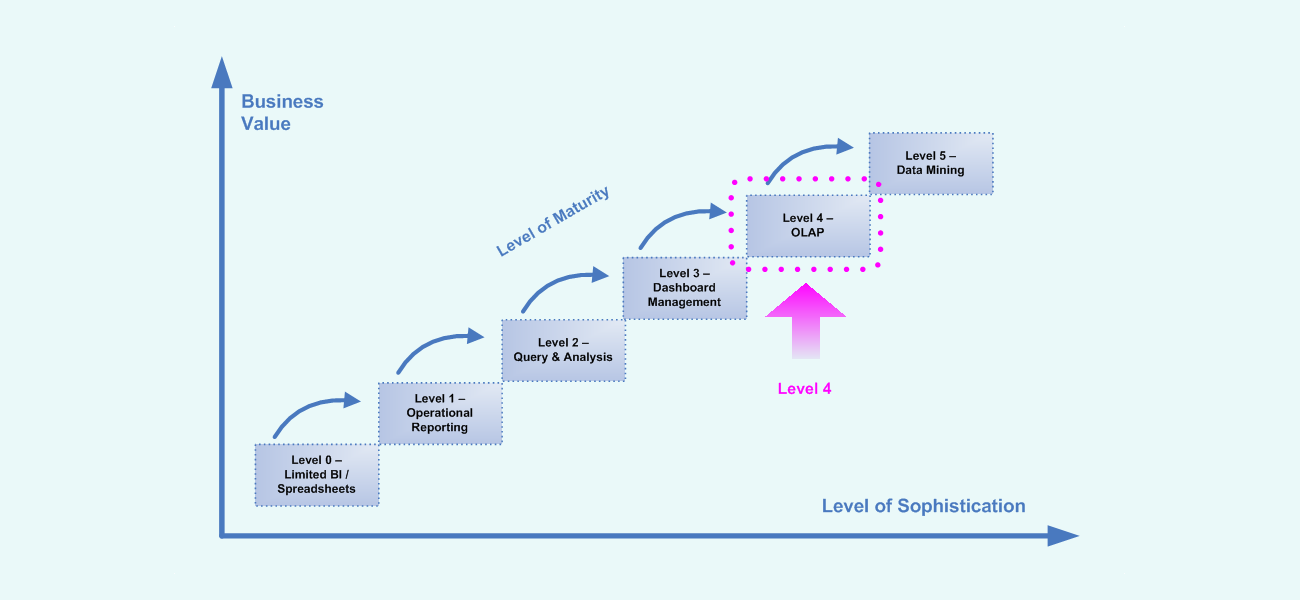BI Market: OLAP (Vendors and Products) – 2011
On-line analytical processing (OLAP) solutions provide advanced techniques for rapidly visualizing and analyzing business metrics across different points of view. OLAP is a term used to generically refer to software and applications that provide users with the ability to store and access data in OLAP cubes (also called a ‘multidimensional cube’ or a hypercube) with this “cube” being made up of numeric facts, called measures, and text values, called dimensions.
Moreover, OLAP systems provide users with insight into past performance and they enable a deep understanding of the reasons behind why previous events have occurred. Fundamentally, OLAP systems allow users to rapidly view and analyze data from many perspectives or dimensions and allows the users to conduct sophisticated “What-If” analysis.
In 2011, the market leading vendors for OLAP systems include: SAP Business Objects, Oracle, IBM Cognos, MicroStrategy, Microsoft, SAS, Pentaho, & Jaspersoft.






